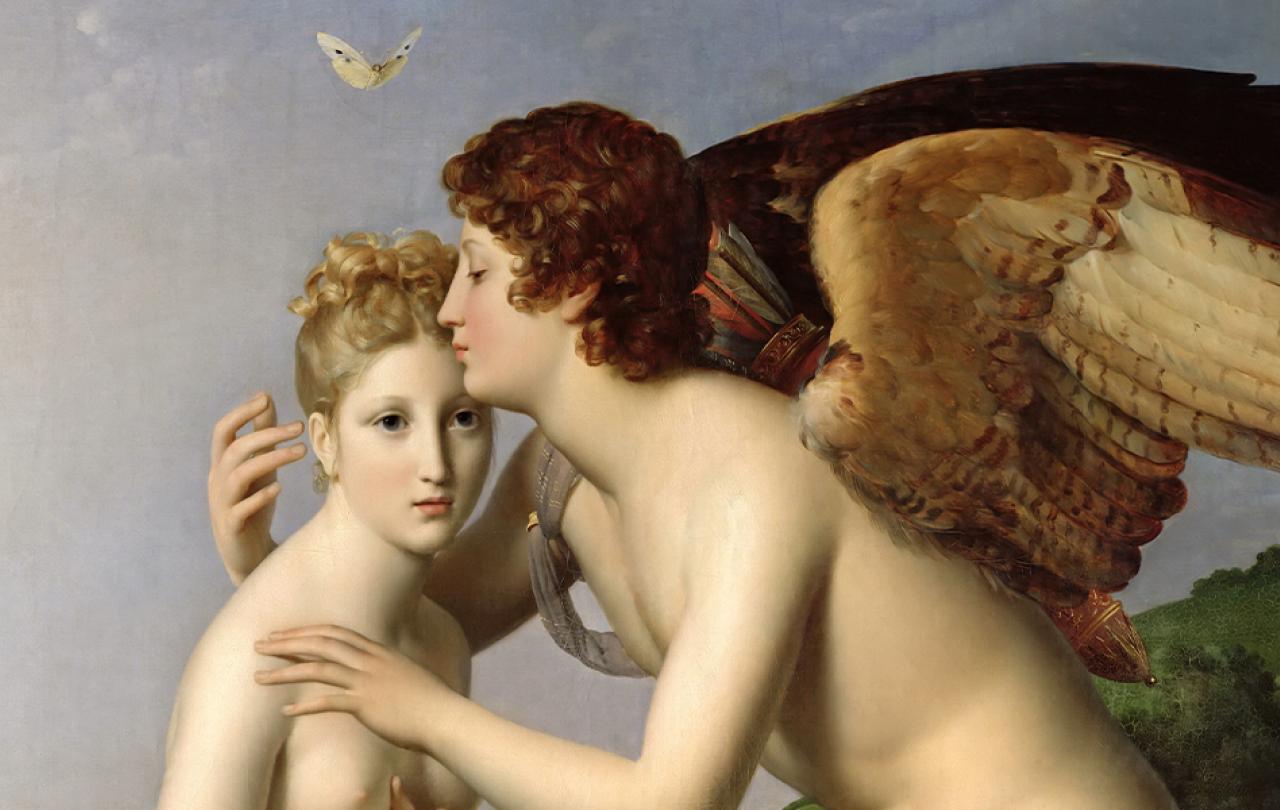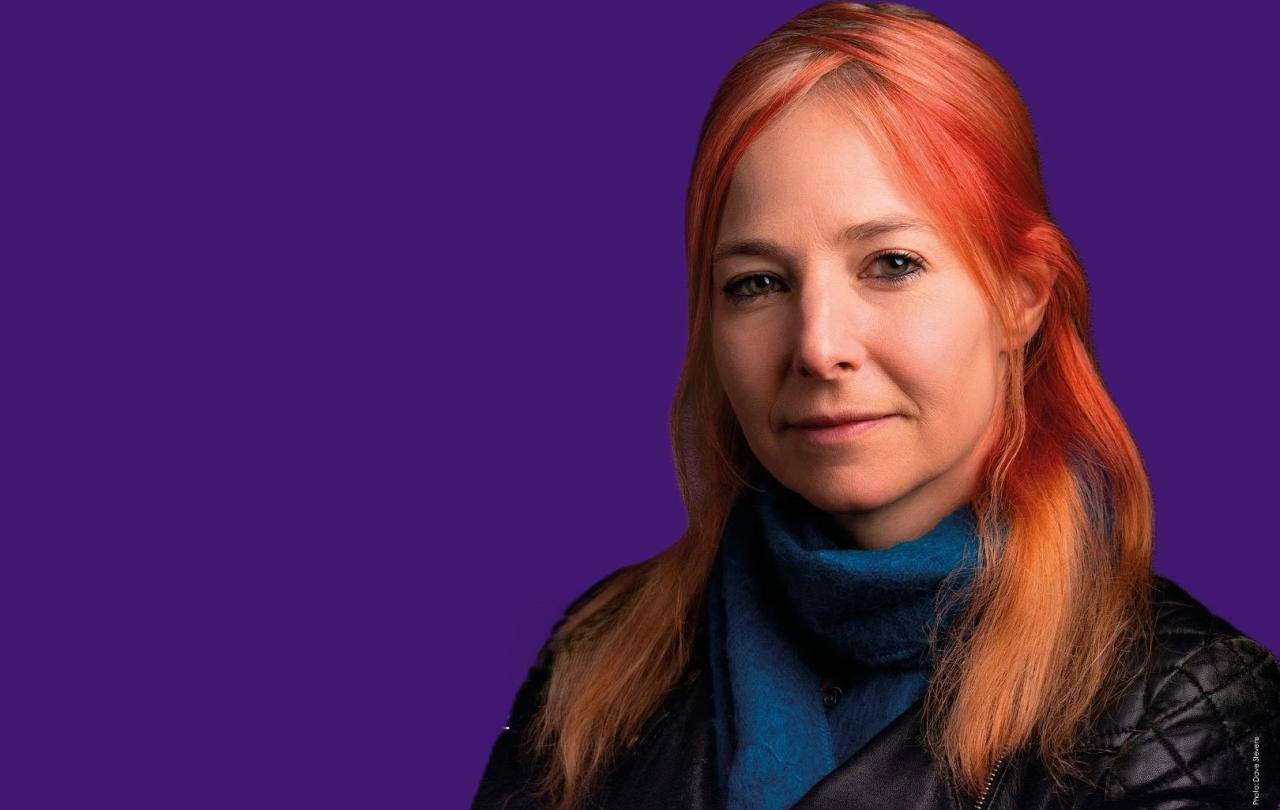
It will be immediately obvious to the reader of David Bentley Hart’s new book that the structure is quite different to most other titles on the philosophy of mind.
Hart admits that in its original form it was in fact far longer than its substantial 500 plus pages, but, in a perhaps inspired move, it has undertaken a metamorphosis from the ponderous-tome genre of philosophical discourse to one much older: the dialogue.
Instead of other such works which draw on an enormous and panoramic amount of literature presented in regular academic style with copious footnotes, Hart has opted for intelligibility in the mode of a dialogue between characters, historically most notably deployed by Plato. For this reason, it works well as an audiobook, as well as printed text. The downside to this format is that Hart has opted for a somewhat unfortunate weighting of three-on-one. Whilst this format makes the twist and turn of the at times obstruse argumentation more accessible, the impression can feel somewhat unbalanced. Hephaistos, one of those in dialogue, sometimes cuts a lonely and sympathetic figure, and his opponents sometimes are slightly too self-satisfied. This is not overwhelmingly so, but it is worth remembering that all voices are Hart’s.
His choice of dialogicians is telling - four Greek divinities. Psyche (soul), the mortal woman made divine by love. Eros (love), the divine lover of Psyche, Hermes, Psychopomp (that is, the guide of souls in the afterlife). And the stolid Hephaistos, god of craft and manufacture, the main antagonist as the advocate of all things materialist and physicalist. Three characters signal Hart’s intent to guide the reader into a new realm beyond the mundane; the fourth is the mouthpiece of this mundanity. Together in a garden, prompted by a plucked rose, they discuss some the deepest questions of mind, matter, and life.
The title, All Things Are Full of Gods, is a quotation attributed to the pre-Socratic philosopher Thales. Like Thales, Hart wants to argue that not only is the divine a reality but is in fact the ground of all things. The six days of dialogue cover the full gauntlet of metaphysical debate over the nature of reality.
On day one, ‘Mind, Life, and Pictures of Reality’ the gods set up the groundwork of the reductionist materialist physicalism (RMP) perspective and the older pictures of classical philosophies.
Day two, ‘Mind and Matter’, draws the battlelines between the qualitative difference between mind and matter.
Day three, ‘Brain and Mind’, engages with arguments concerning how mind and matter relate.
On day four, ‘Machine and Soul’, the place of mind in the body is deepened in the debates on computationalism and functionalism and a useful unpacking of the limitations of panpsychism, which is currently seeing a revival in philosophical circles.
Day five, ‘Soul and Nature’, sees the dialogue broadened to nature itself, reconsidering the mechanical paradigm which presently dominates.
Concluding, day six, ‘Nature and Supernature’, is where Hart delivers his final case, having thoroughly prepared the ground, arguing that mind characterises all of reality and that this is ultimately the only truly rational account of being.
In an important ‘Coda: The Age of the Machine’ Hart addresses the problem of evil, something largely absent from the rest of the work. Hart has a good track record on this topic: The Doors of the Sea, written in light of the Boxing Day Tsunami, is essential reading for Christians and others who see the paradox between an all-loving, all-powerful God and the presence of suffering and evil. Readers will have to decide for themselves; it is not a topic on which one may enforce an opinion either way. The discussion concludes on the sixth day, “. . . and on the seventh day they rest.” (483)
Whilst All Things is dialogic, it also appears to be something else: catechesis. Hart is a catechist. Theologian and philosopher also; linguist certainly; provocateur undoubtedly. But the intention of this book is to catechise the reader, to induct them into the mystery of mind and reality. This might be a somewhat dusty word to some, implying the rote learning of religious dogma. Others will be barely aware of such a word. In Christianity, catechesis is the process of instruction, usually conducted through question and answer.
Hart is an Eastern Orthodox Christian, though in many ways an unorthodox one. His commitment to a form of perennialism, his belief that many of the major religious philosophies of the world (Vedic, Greek, Jewish, Christian, Islamic) share important and compatible insights into the nature of reality and God as the primordial ground of all things, is evident through the pages of All Things. This is unsurprising as he states that of all his writings All Things is the natural successor to The Experience of God: Being, Consciousness, Bliss (a deliberate allusion to the Vedic concepts of sit, chat, ananda) in which he sought to argue the rational coherence of a theism shared by a number of the great religions over and against the irrationality of modern physicalist materialism. It is worth reading and would certainly give the reader of All Things a primer for the extended discussion.
But how is it exactly catechesis? Hart wants to wean the reader off the junk food of popular science with its tendency to not take questions about its philosophical basis very seriously, especially in how its epistemology, ‘what it knows’, produces its ontology, ‘what exists’. This deficiency, as Hart is keen to point out, means that often ontology secretly precedes epistemology. For instance, most scientist will take central place of mathematics within their discipline for granted, without acknowledging that mathematics is itself is groundless: it is epistemologically irreducible as it is not empirical, but is ontologically essential to the scientific method. Hart argues that it is in it’s very groundlessness and givenness to intelligibility, i.e. that the world can be understood at all, that means the world in fact shows itself to have rational mind-like structure, capable of being known. Many advocates for RMP will simply shrug and say that we’ve simply evolved to see structure which isn’t inherently there; Hart is here to pick a philosophical bone with them. His intention as catechist is that, even if one does not become a Christian at the end of this book, one can no longer remain in the comfortable and familiar philosophical milk of the dominant RMP paradigm but be stirred to hunger for the meat of reality. Although not an explicitly Christian book, there are certain hints. A number of Christian theologians recur, especially towards the end: Karl Rahner, Bernard Lonergan, Meister Eckhart. That the dialogue is set over six days “. . . and on the seventh day they rest” (483) ought not to be lost on the reader.
His position in a nutshell is that all is mind or spirit (this linking of terms that are separate in English derives from their indistinction in the German Geist, used extensively in German Idealism, in which a lot of this debate has its origins in modernity). This is not a denial of matter (as in some forms of idealism), but that matter is a material manifestation or substrate of the principle of mind behind all reality: God. In many ways All Things is the extension of his previous book, The Experience of God: Being, Consciousness, Bliss, which he acknowledges in the ‘Introduction’. His position is argued in response to the currently most dominant intellectual paradigm, RMP: the idea that reality consists only of that which is matter or can be observed as a consistent mechanical attribute of matter (such as gravity).
Hart’s argument rests on a number of fallacies in this paradigm; the most important of these and the one which recurs most frequently throughout the dialogue between the gods is the ‘pleonastic’ fallacy:
No matter how many purely objective quantitative steps the supposedly mechanistic material order may have taken in the direction of mind, none of them seems as if it could have constituted that sudden qualitative transition from pure exteriority into an unprecedented inwardness.
In short, quantitative accumulation cannot produce qualitative transformation. Mind is not another form of exterior reality, like the physical world; thought takes up no space and is of an entirely different, interior order. This is Hart’s principle complaint against both RMP and historical forms of dualism such as that of Descartes. The six ‘days’ of dialogue is essentially an account of the various arguments presented by the RMP paradigm to demonstrate that this fallacy is not in fact true. The most important of these concerns the trend in various sciences to speak of ‘emergence’: the appearing of qualities or realities such as mind which, whilst dependent upon a physical foundation for their existence, cannot be understood or explained by examination of their physical foundation; they cannot be reduced (explained) by the substrate. Hart draws the distinction between water’s property to extinguish fire, despite it being made up of the highly combustible elements hydrogen and oxygen, and the emergence of mind as a different order of reality from physical combination:
Physical properties derived from other physical properties—no great problem there. So long as this is all that’s meant by “emergence,” then the concept is as inoffensive as it is obvious. But there’s a point at which vague talk of emergence is just another way of talking about something that you might otherwise justly call magic.
This is because water’s watery-ness is also a physical phenomenon, the product of the combination of these particular elements in this particular configuration. But this is still and exterior reality; mind on the other hand is not a property like the watery-ness of water because mind is an interior phenomenon, one which is entirely inaccessible except for the mind who is the mind in first-person perspective. To then argue that pure exterior accumulation quantitative of reality can produce this interiority is, to Hart, not only nonsensical but irrational. Part of his argument thus also turns upon the principle of Occam’s Razor: “if you have two competing ideas to explain the same phenomenon, you should prefer the simpler one,” as Chris Simms describes it. With some of the arguments from RMP approaching this almost ‘magical’ solution, Hart is at pains to argue that indeed the simplest explanation for the mind-like structure of reality is that it is indeed Mind.
I believe this to be a crucial book in the ongoing dialogue between philosophers and theologians on the one hand and the sciences on the other. The project of pointing out the philosophical problems with the dominant paradigm is a difficult when the other side rarely wishes to listen; Hart, however, is a voice that cannot be ignored.
All Things Are Full of Gods: The Mysteries of Mind and Life, By David Bentley Hart, Yale University Press.
Join with us - Behind the Seen
Seen & Unseen is free for everyone and is made possible through the generosity of our amazing community of supporters.
If you’re enjoying Seen & Unseen, would you consider making a gift towards our work?
Alongside other benefits (book discounts etc.), you’ll receive an extra fortnightly email from me sharing what I’m reading and my reflections on the ideas that are shaping our times.
Graham Tomlin
Editor-in-Chief





